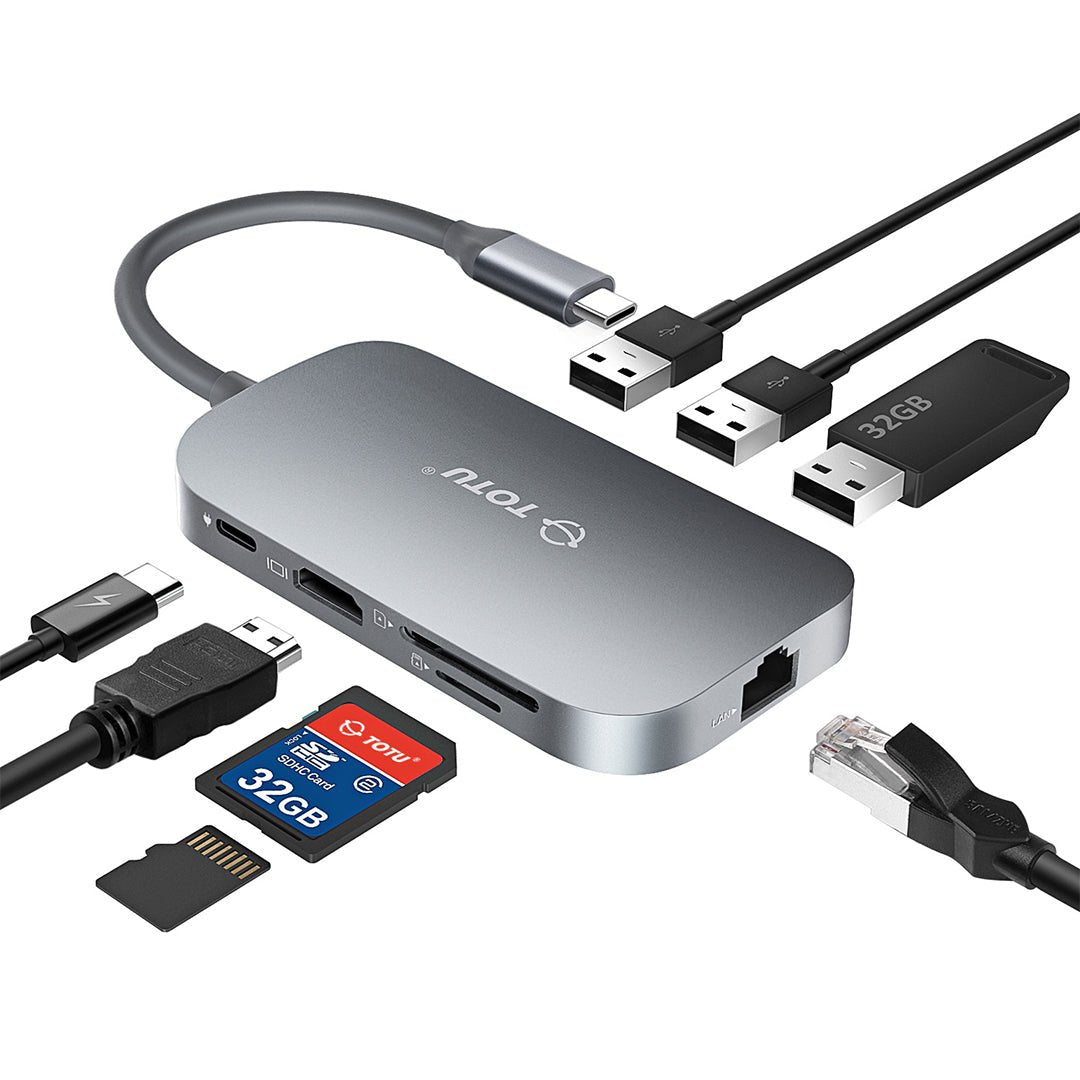
USB TYPE C Explained
More and more mobile phones are now using the data line of the Type-C (or USB-C) interface. Although all Type-C looks the same, in reality, it has many different types.
At the most basic level, Type-C simply refers to this particular USB plug, plus some cable wiring specifications. So Type-C only tells you what the line looks like, it doesn't describe any specific speed, capabilities, or supported data protocols. It is basically designed as a more modern, future-proof plug. Type-C plugs have more pins, so it can do more "things" and the plugs are symmetrical, so don't be afraid to insert them.
Let's take a look at the different possible speeds of the TYPE-C cable. Some people may already be familiar with USB 3.1 or "Super Speed" USB, which supports speeds up to 10Gb. Obviously, TYPE-C is not one of these things. Similarly, Type-C is just a connector, and USB 3.1 is a data transfer standard. Instead, Type-C cables can use one or more of these USB standards. This can be USB 2.0, 3.0, 3.1 Gen1 or 3.1 Gen2. Depending on the USB speed grade it uses, it will have a different maximum speed. This means that even though Type-C is the latest new connector, it may be as fast as a normal usb2.0 cable, only 480Mbps. Of course, it may also support USB 3.1. So pay attention to the parameters when buying the line.
Look at the current and power. Some charging lines can reach 5 amps and 100 watts, which is much higher than the standard 3 amps and 60 watts. However, not all TYPE-C cables or devices can do this. Type-C also has some special features if the cable, charger and device support power. For example, to charge a device as large as a display, without plugging the wall to the wall, all data and power are transmitted through the TYPE-C cable.
In addition, power transmission is more than just sending power, it also conveys information about connected devices. Because if the cable or device does not support power, the power will only send 3A by default, but if it sees it supports power, it needs to know more information, such as how much power to use. In addition, the power supply can take advantage of TYPE-C's "dual role" capability, so a port can be used as a power input or output, and can even switch between modes. That's why in the latest Mac computers, cables can be charged by plugging them into the TYPE-C port, and all of these ports can also be used to power the device itself.
